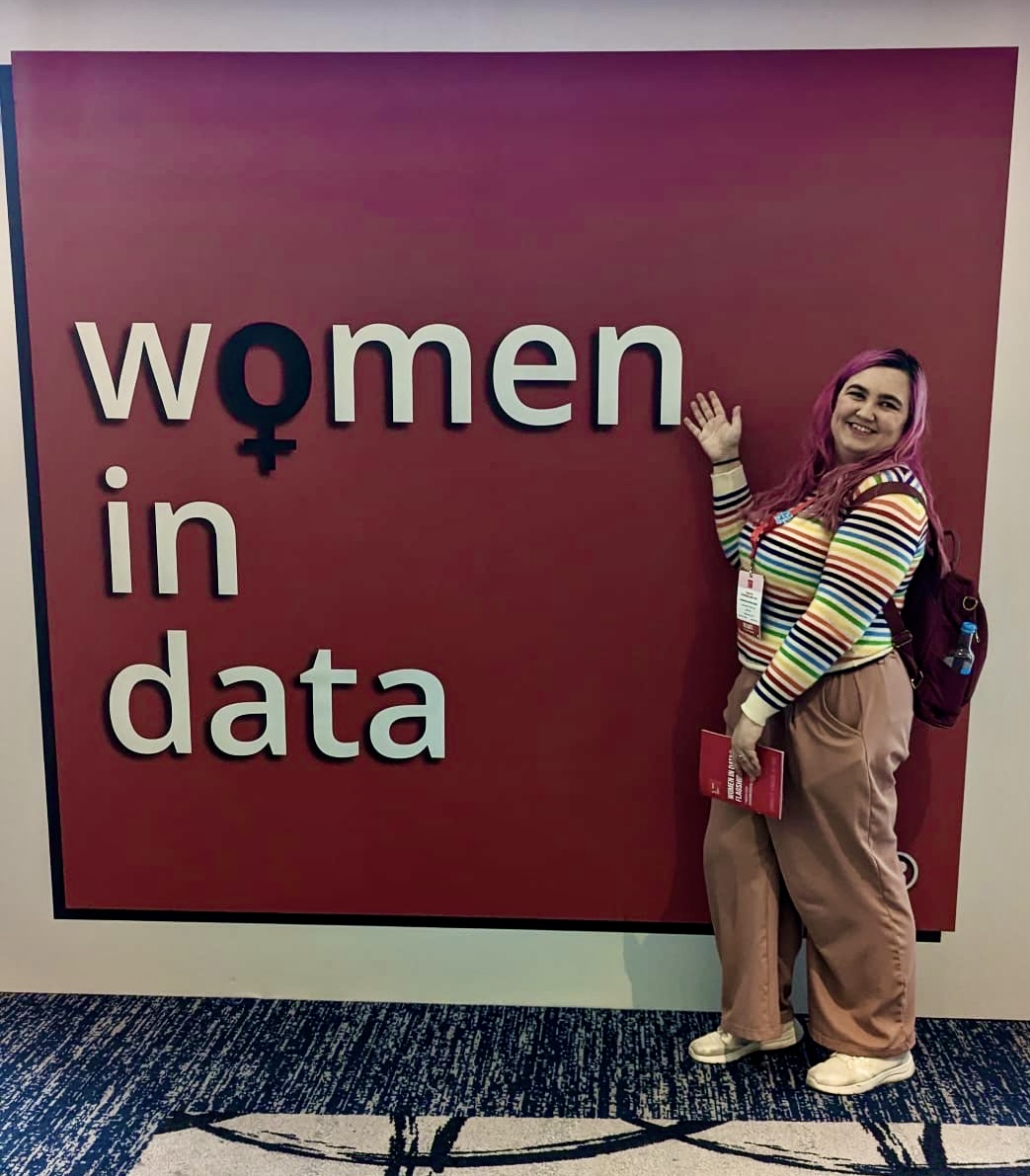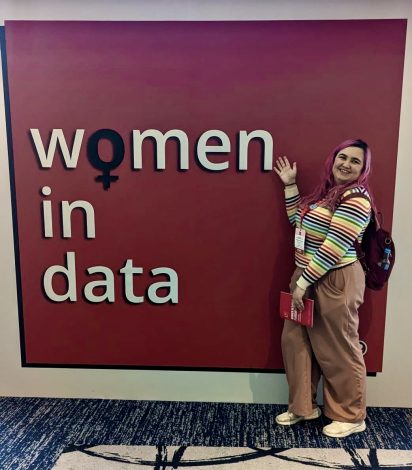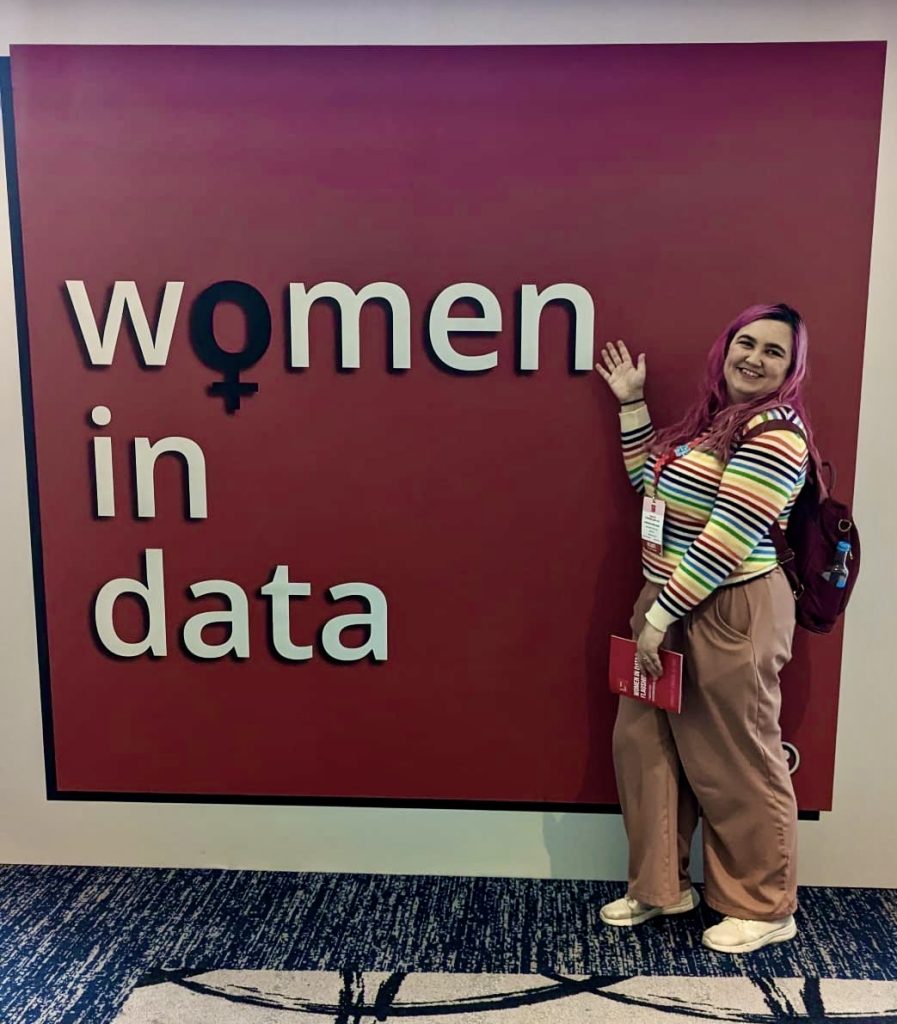
I was lucky enough to win a ticket to attend the ‘Women in Data’ conference 2024. As soon as I arrived, it felt amazing to be surrounded by like-minded women all working in, and passionate about, data.
The schedule was absolutely packed with interesting discussions, both around data and being a woman working in data. I tool some time to figure out which talks I wanted to attend, before heading to the opening remarks by the fantastic Baroness Helena Morrissey. Helena did a wonderful job kicking off the event, opening with the inspiring news that between setting up “the 30% club” in 2010, the share of women at board and executive committee levels had risen from just 12%, to now at nearly 40%. This set the tone for the rest of the day, which was both inspiring and impassioned.
Is it possible to eliminate bias in AI?
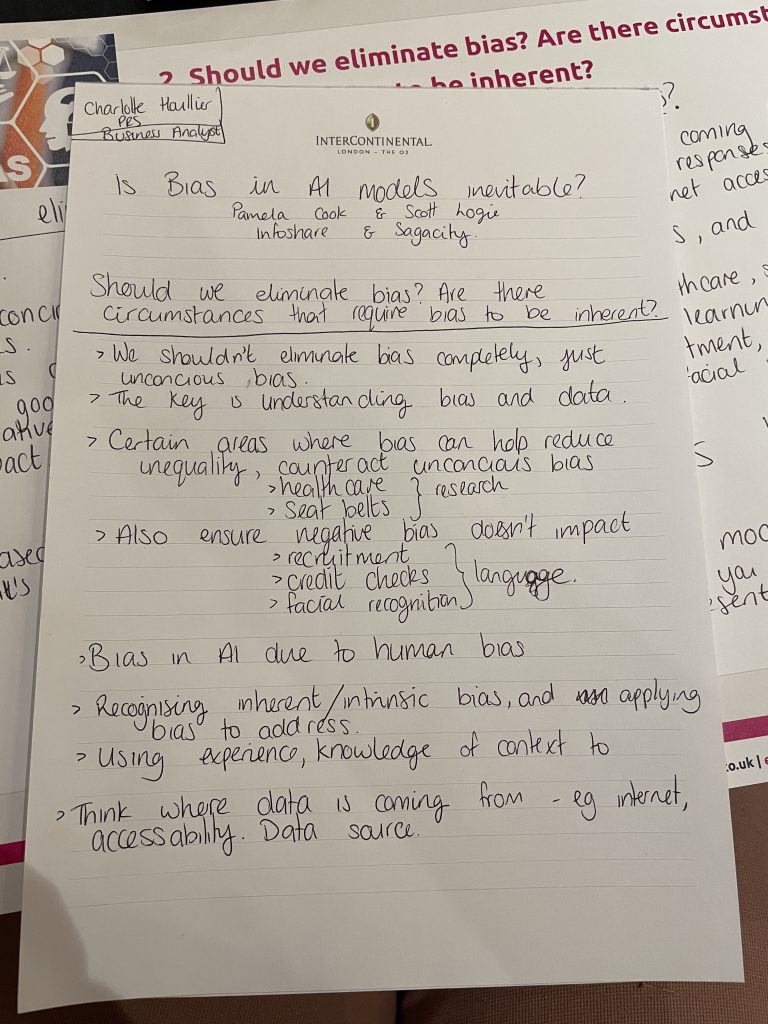
My first session of the day was probably my favourite. Hosted by the wonderful Pamela Cook, CEO of infoshare, and Scott Logie, CCO of Sagacity, this workshop questioned the inherent nature of bias within data collection and AI. Split into groups, we discussed what bias is, whether we could eliminate bias, and indeed whether we should (and where bias can be useful). My group discussed these final two questions, concluding that, as it is hard to eliminate inherent and subconscious bias, it is better to harness positive bias to counteract and over correct these occurrences. For instance, it is well known that women are underrepresented in medical statistics, so utilising bias to recruit more female participants into medical research can be beneficial. These also generated a discussion about bias in data collection itself, and the need to be aware of how data collection methods could exclude key demographics.
Applying this to experimentation, I think it highlights the importance of knowing your target demographic, and an awareness of how targeting may, or may not impact these. It’s also crucial to remember that AI cannot draw the same conclusions as a human in regards to understanding segment behaviours, or even suitable segmentation.
Datapolis: the importance of open data
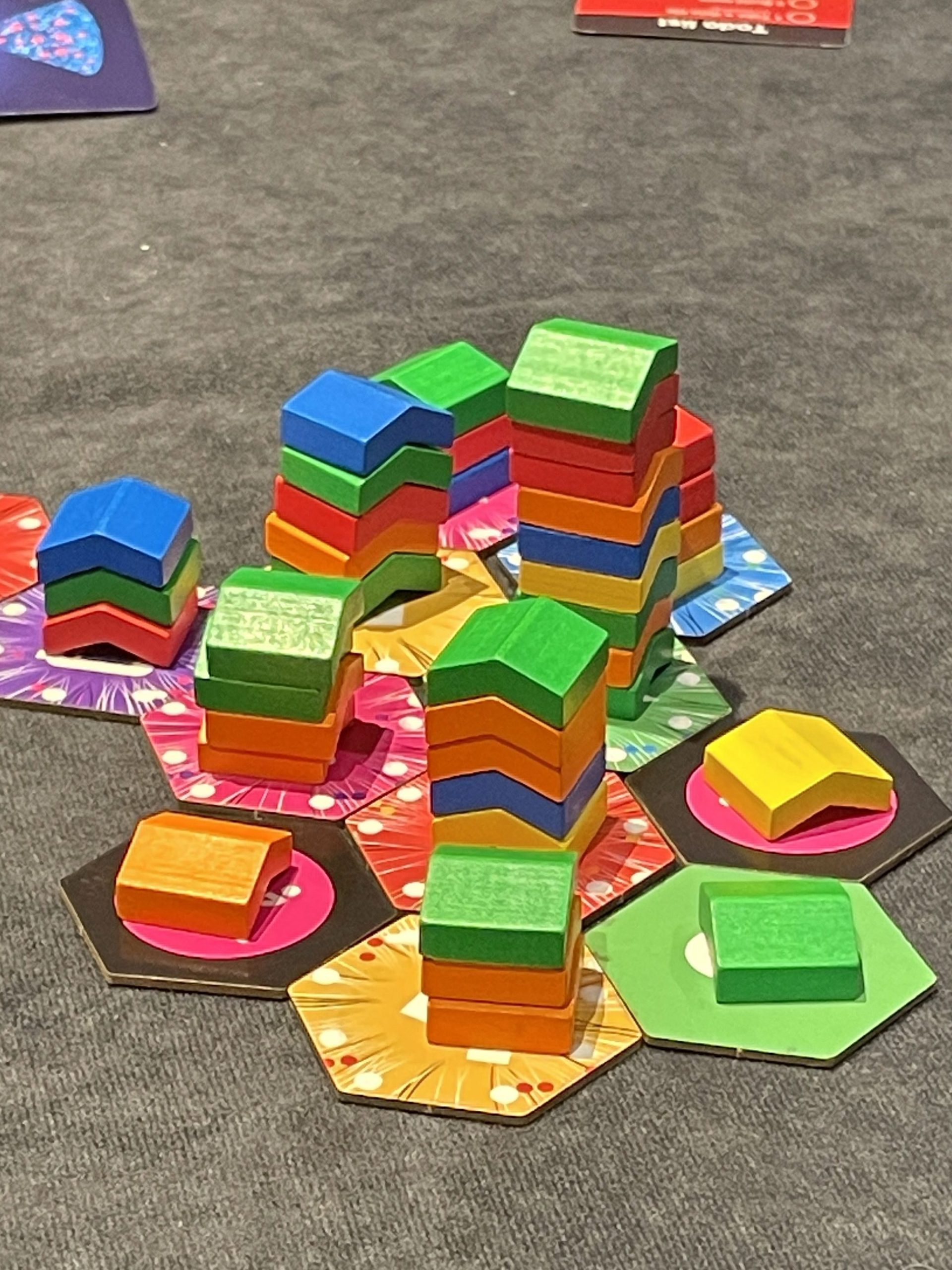
After spending time with the exhibitors, and grabbing some quick lunch, I then attended a session run by the open data institute, introducing their new board game. This game, datapolis, asked us to place tiles relating to different types of data, and create patterns to build ‘tools’ (such as GPS enabled phone, using a mix of geospatial, weather, and demographic data).
However, the key to this game was whether you placed tiles as ‘open’ data (which could be used by anyone), or ‘closed’ data (which could only be used as you), as well as the occasional ‘personal data’ tile, which would only ever be yours (while you could choose to ‘flip’ the other tiles you owned at any point).
The first time we played we were very cooperative, playing all our tiles as ‘open’ data, allowing someone to win very quickly, but also allowing us to earn more ‘points’ in general. The second time we played, we mainly used ‘closed’ data, making it much harder for anyone to complete even one tool. This also fostered an environment of negotiation, trading data, and making agreements to open certain data tiles.
While initially a lighthearted game, it served as a compelling demonstration of the significance of data, particularly shared data, as well as the potential risks of over-sharing. In the first game, we observed that a specific tile had been heavily utilised by all participants, highlighting the substantial repercussions if the owner chose to restrict access to it. Alternatively, addressing this issue would necessitate additional time and effort to develop an alternative solution.
When integrating this theory into experimentation, it emphasises the importance of keeping up to date with the latest trends and competitor results, as well as any industry tools at your disposal.
Girls in data
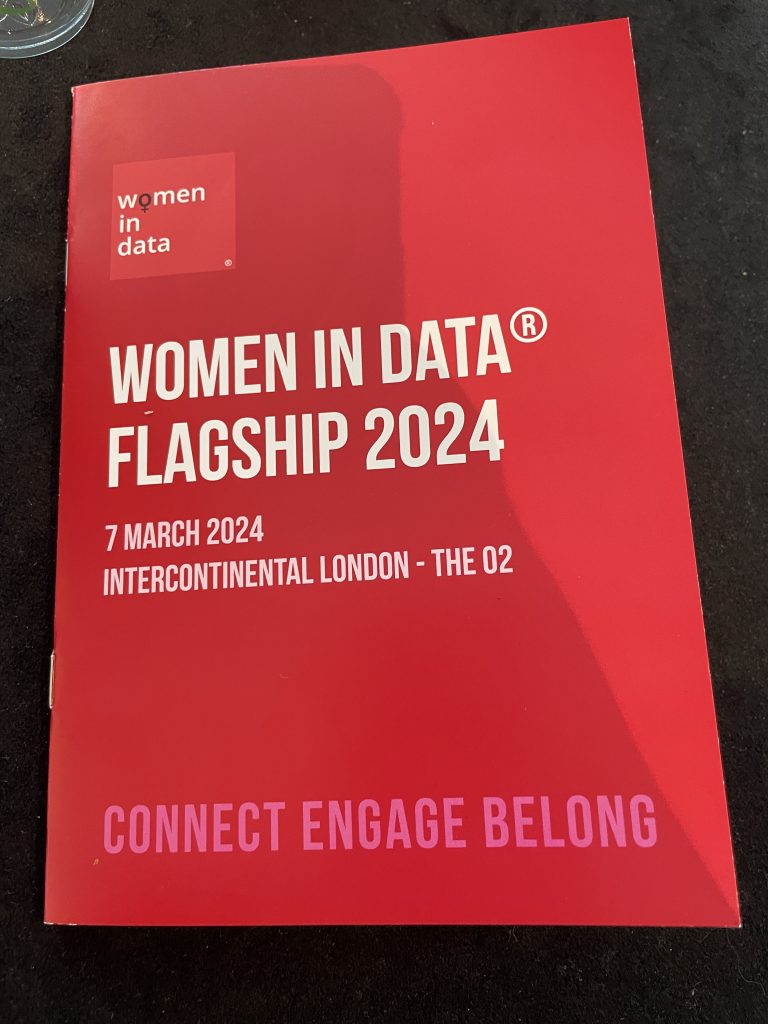
The penultimate talk I attended was hosted by the “Girls in Data” charity, aimed at encouraging more girls to pursue data careers, or even just STEM subjects. Having conducted a series of interviews around Celebrating Women in Digital Experimentation, this was particularly impactful for me as a common theme in each of those interviews was the necessity to engage girls in schools and give them confidence in data.
“Girls in Data” are doing some fantastic things, going into schools and running sessions to introduce girls to different aspects of data, such as visualisation, cryptography, and even coding. They are looking for volunteers, so I recommend reaching out if you are interested in helping, or even just putting them in touch with a school yourself.
8 rules for effective data storytelling
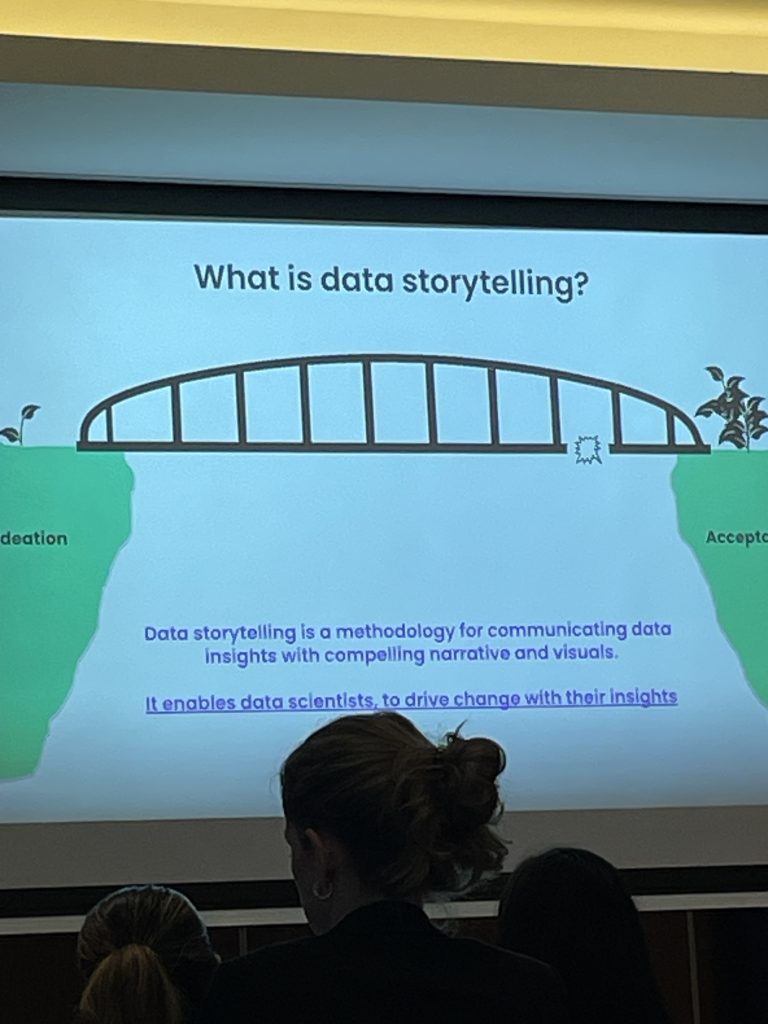
The final talk I attended was hosted by Datacamp, highlighting the importance of effective storytelling through data. Although some of these ‘rules’ are fairly well known to anyone within the industry, Datacamp did a great job of illustrating the importance of each of these, as well as the effectiveness of utilising them well. Within experimentation, it is important to remember these rules when presenting test results and analysis, as visual storytelling can be the key to effective communication. In particular, presenting data as simply and clearly as possible can be beneficial for any audiences who are less data literate.
Katie Piper
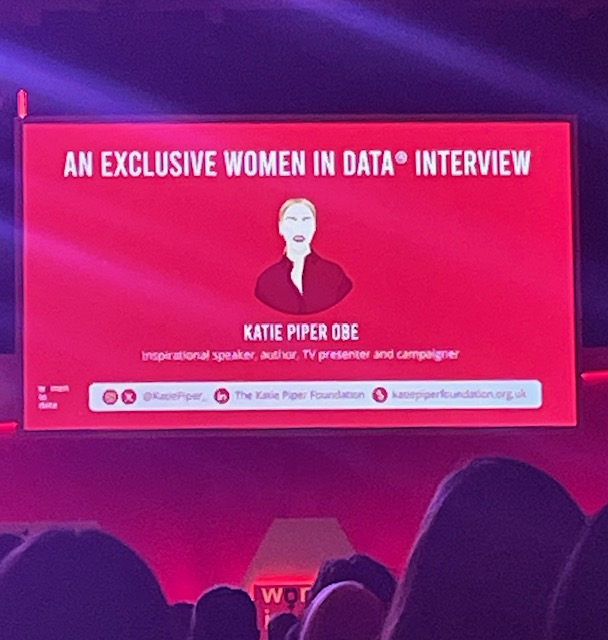
The closing keynote was given by the inspirational Katie Piper. Katie has set up a state of the art burn centre in the UK, and uses data to understand the effectiveness of the treatment options, and how they can be better tailored depending on the patient. I also found it inspirational to hear about Katie’s own struggles when it comes to juggling career, family, and imposter syndrome.
An overarching theme for the talk was the necessity of having role models who represent you, discussing her own lack of burn victims she could relate to (as most were male veterans), as well as her experiences of women in jail, who she met during her “Behind bars” documentary, who had few positive role models growing up.
This felt like a full circle moment for me, connecting with the concept of ‘Girls in Data,’ and also the recent ‘Celebrating Women in Digital Experimentation’ interviews we have conducted. While there are many of us in the industry, only a few are publicised, and often male counterparts receive wider publicity (whether that is because they are already established, or more likely to put themselves forwards).
